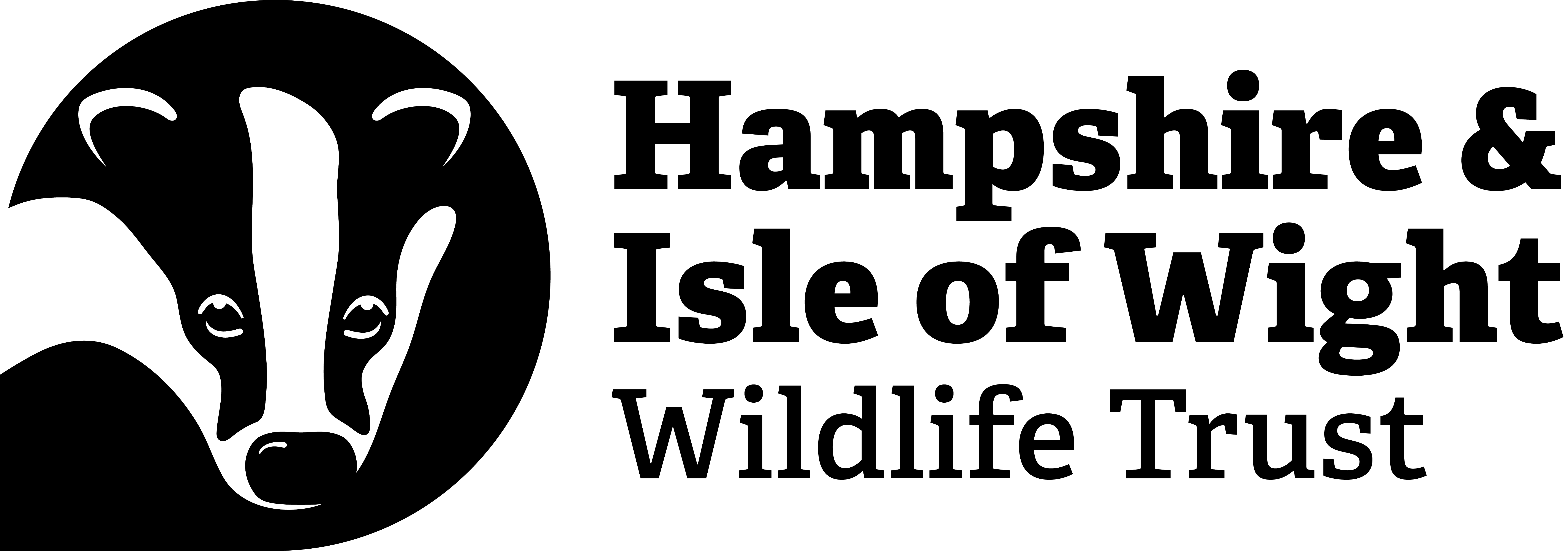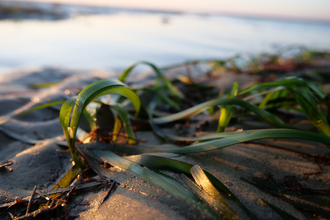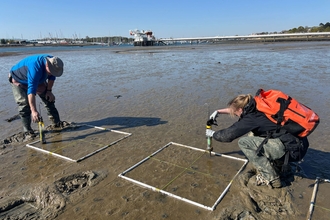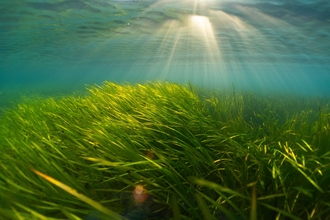Over the past month, Hampshire & Isle of Wight Wildlife Trust and it’s incredible team of seagrass champions collected over 100,000 seagrass seeds from meadows around the Solent as part of their seagrass restoration work. Having joined the Marine team as an intern at the beginning of June, I was fortunate enough to participate in their seed collection events at Seaview, Isle of Wight and Calshot, Hampshire.
Having volunteered with Hampshire and Isle of Wight Wildlife Trust in the past, I was already familiar with their seagrass restoration work and was thrilled by the opportunity to support the project as an intern. However, when the alarm went off at 4am on Saturday morning for the first seed collection session I was questioning my life choices slightly.
By 5am myself and Ellie Parker, Hampshire and Isle of Wight Wildlife Trust’s Marine Officer, were standing on the shore with eight volunteers, most looking equally bleary eyed but all smiling and enthusiastic. It had been dark when we set out but now the sky was glowing a brilliant orange-pink, reflected by the sea which is still and glassy. Everyone was excited to get in the water and after a quick briefing we headed down to the sea clutching netted bags, hi-vis tow floats and snorkels.







